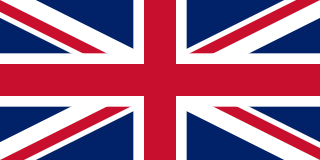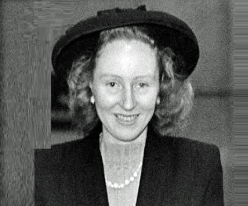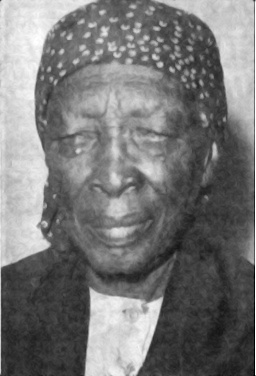The Batswana, a term also used to denote all citizens of Botswana, refers to the country's major ethnic group. Prior to European contact, the Batswana lived as herders and farmers under tribal rule.

Khama III (1837?–1923), referred to by missionaries as Khama the Good also called Khama the Great, was the Kgosi of the Bangwato people.

Sir Seretse Goitsebeng Maphiri Khama, GCB, KBE was a Botswanan politician who served as the first President of Botswana, a post he held from 1966 to his death in 1980.

The Bechuanaland Protectorate was a protectorate established on 31 March 1885 in Southern Africa by the United Kingdom. It became the Republic of Botswana on 30 September 1966.
Serowe is an urban village in Botswana's Central District. A trade and commercial centre, it is Botswana's third largest village. Serowe has played an important role in Botswana's history, as capital for the Bamangwato people in the early 20th century and as birthplace of several of Botswana's presidents. More recently it has undergone significant development as the town and as Botswana continues to grow.

Ruth Williams Khama, Lady Khama was the wife of Botswana's first president Sir Seretse Khama, the Paramount Chief of its Bamangwato tribe. She served as the inaugural First Lady of Botswana from 1966 to 1980.
Shoshong is a town in Botswana, formerly the chief settlement of the eastern Bamangwato.
Khama is the name of the royal family of the Bamangwato people of Botswana. As such, it may refer to:
SekgomaII was the king of the Bamangwato people of Bechuanaland in modern-day Botswana.
The Ba-ka-Nswazwi people are originally Bapedi of Mujaji. The Bapedi of Mujaji are Kalangas originally from Munomutapa and were ruled by Mugudo. They are found in Tutume, Nswazwi, Marapong, Masunga and Nkange in Botswana.

Tshekedi Khama was the regent-king of the Bamangwato tribe in 1926 after the death of Sekgoma II.

Gaborone was a kgosi (King) of the Tlokwa, a tribe of the larger Tswana people in what is now Botswana. He became the tribe's King around 1880, after the death of his father, and secured the Tlokwa's status as the "smallest independent tribal unit" in the Bechuanaland Protectorate. He gave his name to the city of Gaborone, Botswana's current capital.
The Independence Day of Botswana, commonly called Boipuso, is a national holiday observed in Botswana on September 30 of every year. The date celebrates Botswana's Declaration of Independence from the United Kingdom on September 30, 1966.

A United Kingdom is a 2016 biographical romantic drama film directed by Amma Asante and written by Guy Hibbert, based on the true-life romance of Seretse Khama, heir to the throne of the Bangwato Tribe in Serowe – one of many tribes found in then Bechuanaland Protectorate – with his wife Ruth Williams Khama. David Oyelowo and Rosamund Pike portray Seretse and Ruth, respectively.
Mma-Besi or Mabisa was a mohumagadi of the BaNgwato of the Bechuanaland Protectorate, now Botswana, and the first wife of king Khama III. She was also known as Elisabeta Gobitsamang Khama.
Bathoen I was a kgosi of the Ngwaketse people (1889-1910). Together with Khama III and Sebele I he is credited with saving the young British Bechuanaland Protectorate, a predecessor of Botswana, from being absorbed by expansionist forces in the 1890s.

Ntebogang Ratshosa (1882–1979) was motshwareledi (regent) of the BaNgwaketse, one of the eight clans of present-day Botswana, from 1924–1928. She was the first woman to serve on the Native Advisory Council of Botswana.
Elizabeth Pulane Moremi was regent and mohumagadi (queen) of BaTawana from 1946 to 1964 while her son, Letsholathêbê II a Morêmi, was too young to rule. She married Moremi III, the ruler of BaTawana, in 1937. When he was killed in a 1946 car crash, she was made regent. As regent, Moremi attempted to make several progressive reforms, but was hindered by conservative opposition. She stepped down in 1964 and worked at a school before her death thirty years later.
The Khama III Memorial Museum is a museum located in Serowe, Botswana. The museum is dedicated to the history of the Khama family and Serowe.
The History of Botswana includes its pre-state history, its colonial period as the Bechuanaland Protectorate, and its modern history as a sovereign state.








